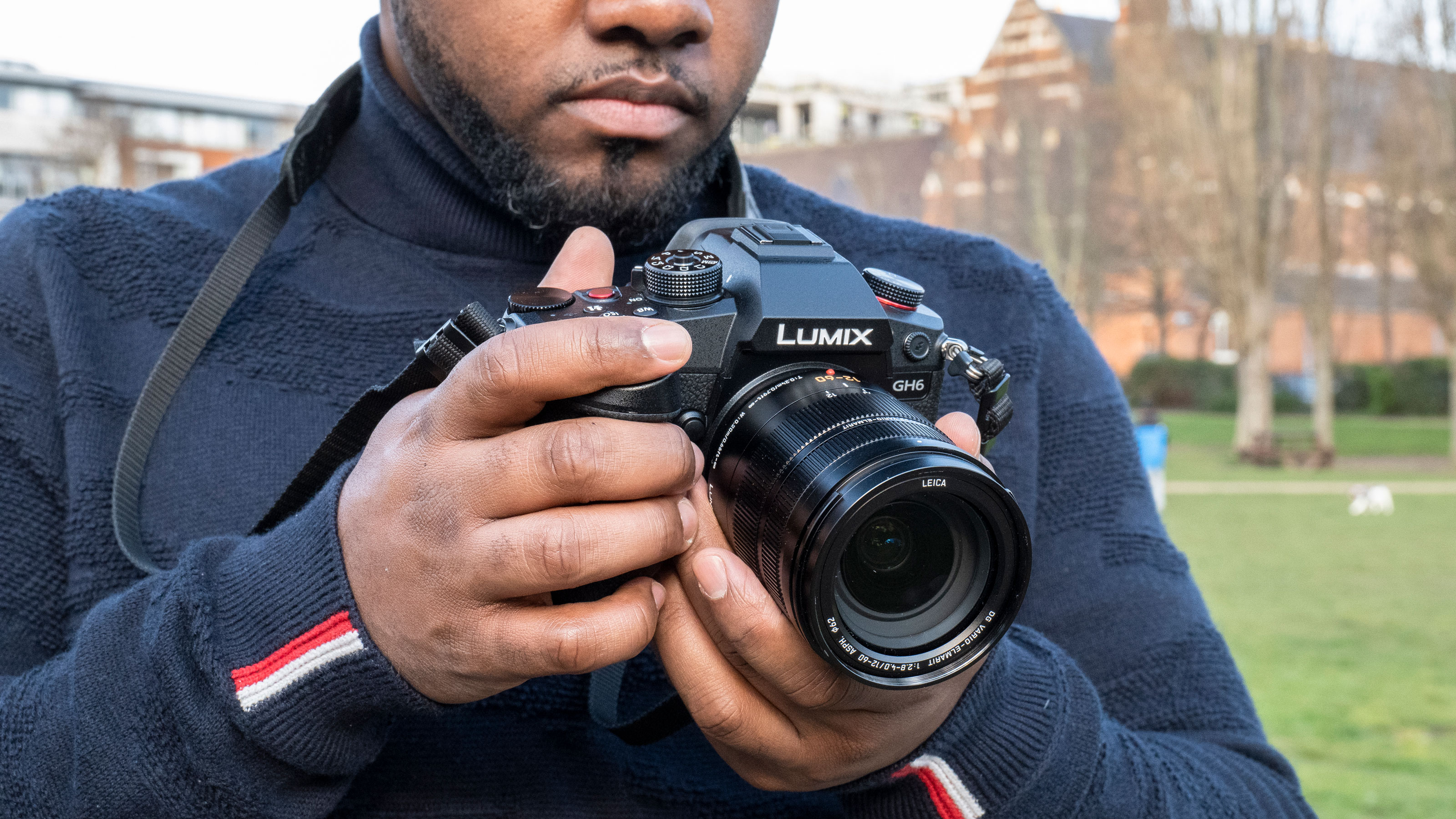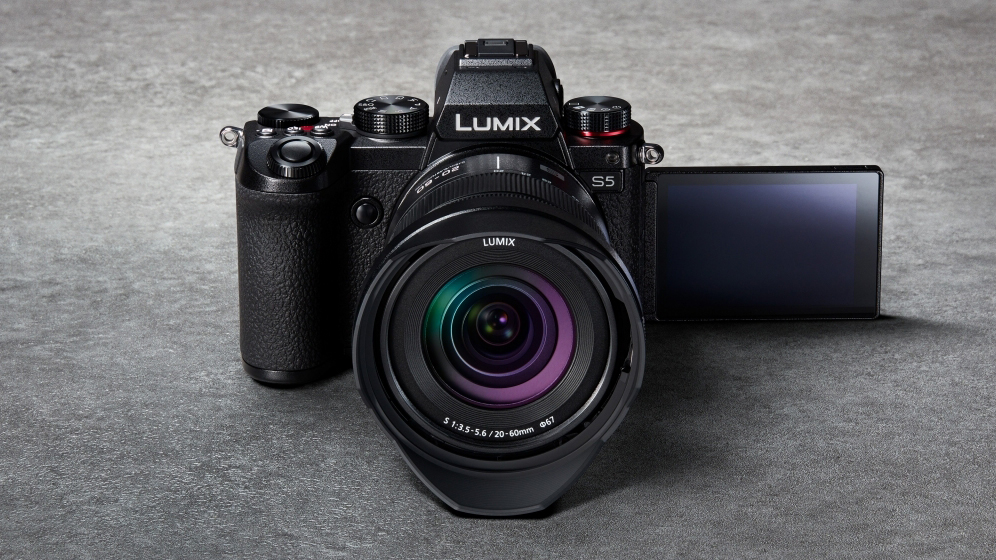Will Panasonic switch to phase detect AF? Latest interview hints at a rethink
Phase detect autofocus is considered by most as the fastest and best AF tech, and it’s a sore point for many Panasonic fans

Panasonic cameras use a variant of older ‘contrast detect’ autofocus, which uses to-and-fro focus checks to zero in on the point of focus. Newer phase detect AF can travel straight to the correct point of focus. Panasonic has stuck with contrast AF and its own highly developed DFD (Depth from Defocus) AF tech with mixed results and mixed reactions, especially from the video community.
Panasonic makes some great cameras. The Lumix S5 is one of the best full frame cameras around right now and terrific value as a hybrid stills/video shooter. The Lumix GH6 has quickly established itself as one of the best filmmaking cameras, and Panasonic cameras have always figured highly amongst the best cameras for vlogging and even the best cameras for beginners. Yet all along Panasonic's been dogged by misgivings about its unique DFD autofocus technology.

But in this interview with Panasonic from Imaging Resource, there are signs that Panasonic may be coming round to the idea of PDAF (phase detect autofocus. After emphasising the continued performance advances in its DFD system, especially in the Lumix GH6, Panasonic goes on to say:
“It is a fact that PDAF is one of the elements to improve the AF performance of LUMIX for the future.”
“However, PDAF alone does not improve AF performance, and factors other than PDAF are required to determine “which to focus on”. With PDAF as an AF detection system in mind, we will continue to make every effort to improve the total performance of AF.”
“We are positively studying PDAF for future products. We know that PDAF will enhance the total AF quality, so that’s why we’re actively studying it. We haven’t decided yet though.”
You can read the full Panasonic interview at Imaging Resource.
Get the Digital Camera World Newsletter
The best camera deals, reviews, product advice, and unmissable photography news, direct to your inbox!
So what’s the problem with Panasonic’s DFD system?
This video glosses over the technicalities somewhat, but does explain the differences between conventional contrast AF and its DFD system – though it does still talk about 'detection cycles'
That depends on who you speak to. For stills photographers, the single-shot performance is very good indeed with the latest cameras and largely indistinguishable from phase-detect AF performance. However, for burst shooting, many will say its subject tracking is less effective – though what appears in the viewfinder may not reflect the captured images, which may show a much higher ‘hit rate’.
The real problem is with video, where may users complain of ‘pulsing’ as the AF system continually and rapidly refocuses in real time. Not everyone will have this issue as it depends on how and what you film. It’s most likely to be an issue if your subject is moving and if you are using subject tracking to follow them around the frame. It’s of most concern to solo shooters who have to trust on the AF to keep them in focus while they’re filming themselves or presenting to camera.
Digital Camera World Editor James Artaius has this to say:
"While DFD is great for stills, when it comes to video – Panasonic's target market – it falls far short for me. Invariably when filming solo content it will, at some point, pulse or hunt, even if it's just me in the frame against a static background. Everything from hair to shelf ornaments to trees /leaves to text on books will throw it off, if only for a moment – but as soon as focus drops out, you have to shoot another take. When shooting more than one person in a frame, the problem is amplified – and throw any kind of movement into either scenario, you're asking for trouble! For whatever reason, anecdotally, full frame cameras like the S5 behave better than Micro Four Thirds bodies like the GH6, but as well behaved as they are I have never once had them behave perfectly."
So much has been said about Panasonic’s DFD AF system that Panasonic may eventually need to replace it just to restore some trust to the brand. Whether or not its latest DFD AF tech is as good as PDAF is perhaps less important than the perception it might not be!
Read more:
• Best cameras for video
• Best cameras for vlogging
• Best cinema cameras

Rod is an independent photography journalist and editor, and a long-standing Digital Camera World contributor, having previously worked as DCW's Group Reviews editor. Before that he has been technique editor on N-Photo, Head of Testing for the photography division and Camera Channel editor on TechRadar, as well as contributing to many other publications. He has been writing about photography technique, photo editing and digital cameras since they first appeared, and before that began his career writing about film photography. He has used and reviewed practically every interchangeable lens camera launched in the past 20 years, from entry-level DSLRs to medium format cameras, together with lenses, tripods, gimbals, light meters, camera bags and more. Rod has his own camera gear blog at fotovolo.com but also writes about photo-editing applications and techniques at lifeafterphotoshop.com

